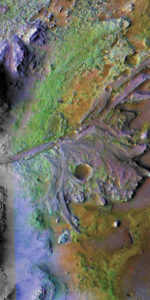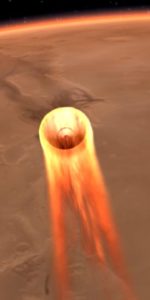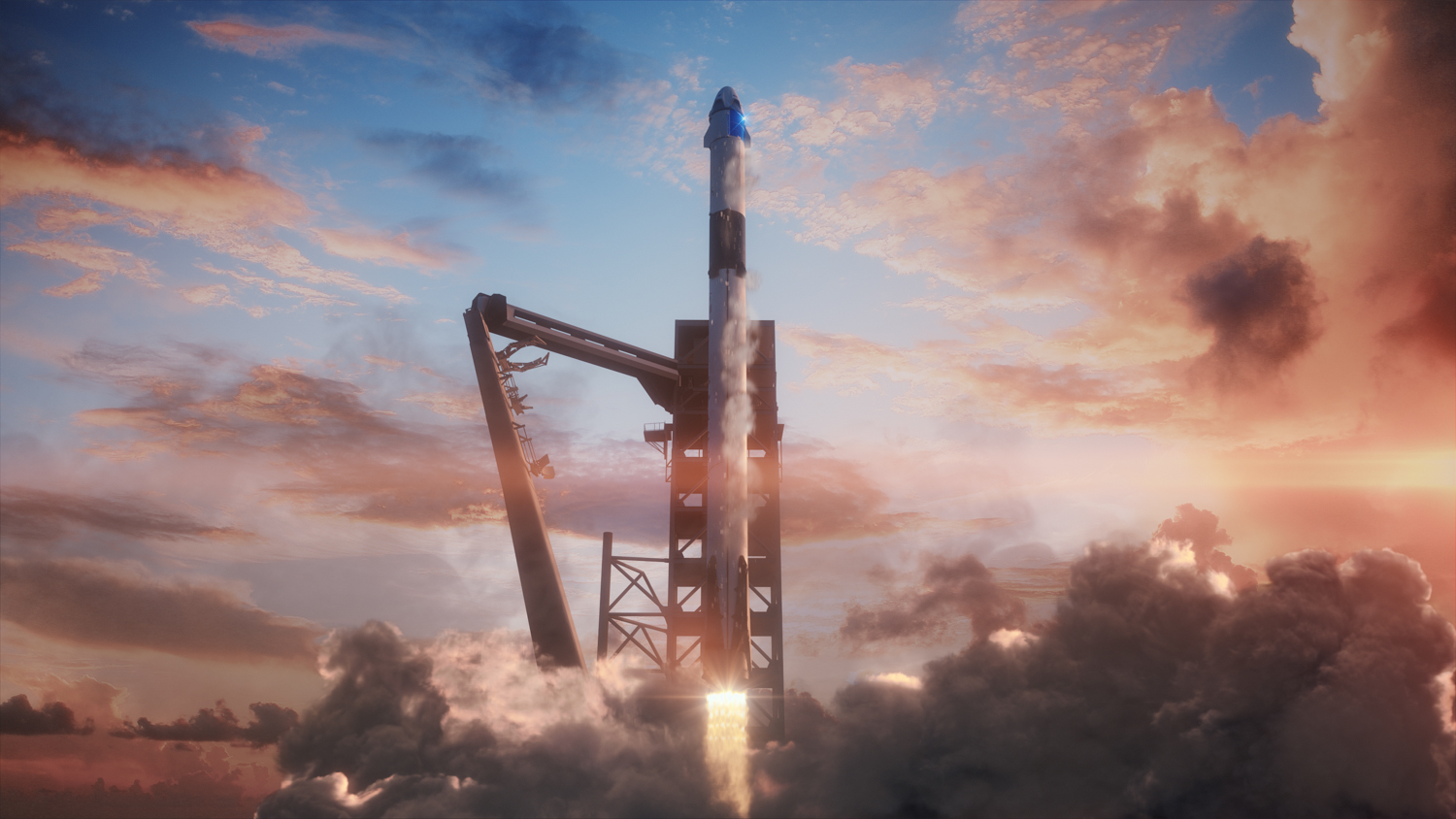
Years in the making, NASA and SpaceX today announced January 7, 2019 as the target date to launch the highly-anticipated orbital flight test of the company’s Crew Dragon spacecraft (called Demo-1), which will roar towards low-Earth orbit and the International Space Station (ISS) atop a Falcon 9 rocket from historic Launch Complex 39A at NASA’s Kennedy Space Center in Florida.
SpaceX already launches cargo for NASA to and from the ISS, and was awarded a $2.6 billion Commercial Crew contract in September of 2014, as part of NASA’s efforts to stimulate development of privately built and operated American-made space vehicles for transporting astronauts to and from the ISS, following retirement of America’s space shuttle fleet in 2011.
Since then, NASA has been 100% reliant on Russia to launch and bring home American astronauts from the ISS, at an ever increasing cost per seat (over $80 million each currently).
Boeing was awarded a crew contract as well for their CST-100 Starliner crew capsule, a contract which was nearly double what SpaceX was awarded, yet it is SpaceX who is ready before Boeing, who has been in the space game for decades.
Both companies have suffered numerous financial and technical setbacks over the years. And NASA recently announced they will conduct a thorough investigation into the safety practices and culture of both SpaceX and Boeing, following a recent interview with Elon Musk on the Joe Rogan Podcast where he took one puff of marijuana and didn’t inhale.
January’s scheduled uncrewed flight test will provide data on the performance of the Falcon 9 rocket, which will be flying for the first time with new COPVs (composite overwrapped pressure vessels), following NASA’s demands to redesign them following the explosion of a Falcon 9 rocket in 2016 where one of the three COPVs inside the Falcon’s second stage liquid oxygen (LOX) tank failed.
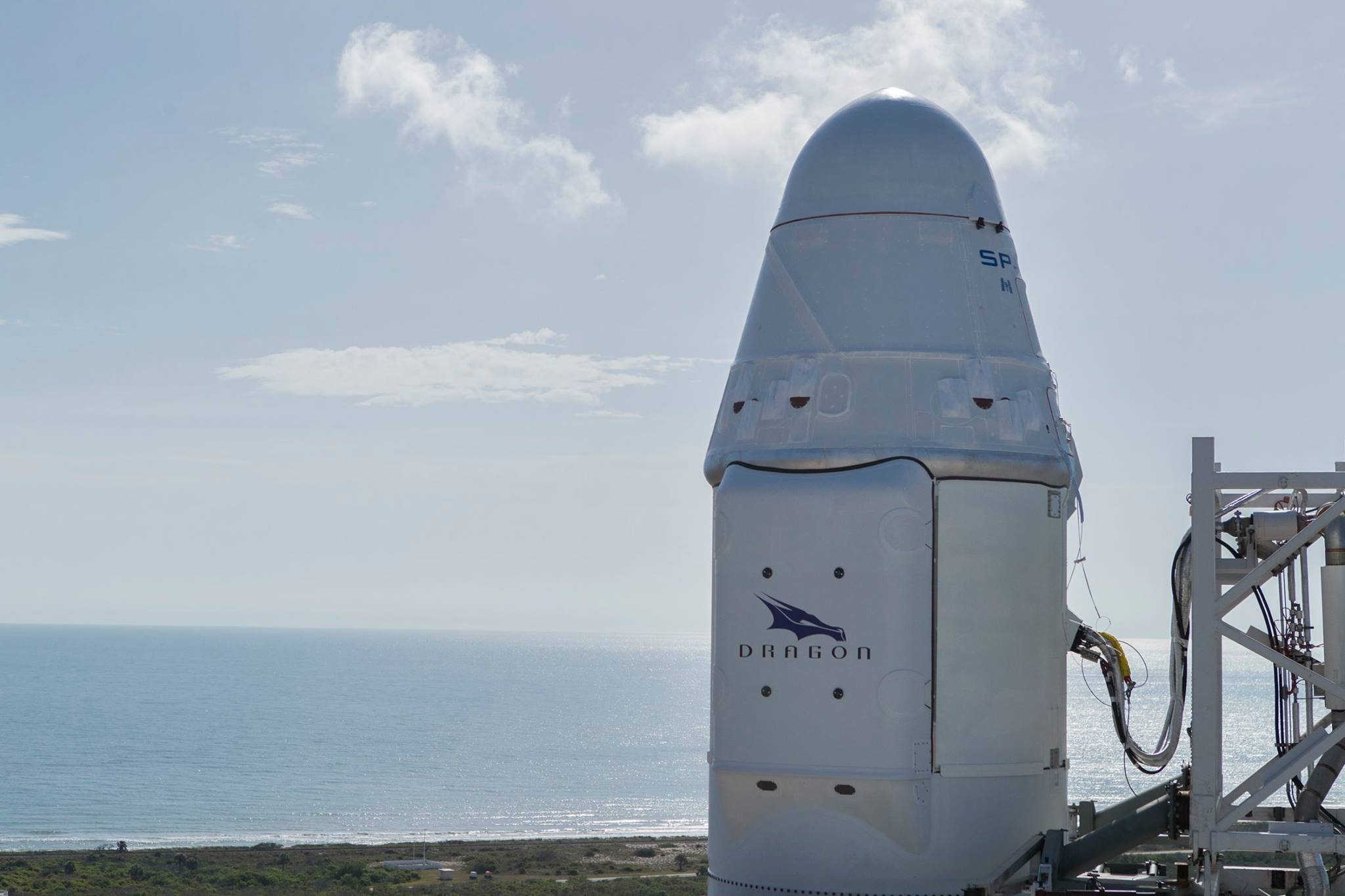
Additionally, the critical flight test will provide data on the spacecraft’s performance, the supporting ground systems, as well as on-orbit, docking and landing operations. In a normal scenario, Crew Dragon will splash down off of Florida’s eastern coast, according to NASA, as opposed to the coast of California as the Cargo Dragon currently does.
How long Crew Dragon will remain at the ISS for its first visit remains to be confirmed by either NASA or SpaceX.
And although not confirmed, orbital mechanics for the ISS from pad 39A on a Falcon 9 = 11:55pm local time launch.
An in-flight abort test of the Crew Dragon will launch following Demo-1, to demonstrate their crew escape capability during an ascent emergency (such as a failing rocket), before the first crew will fly on the Crewed Flight Test as soon as June 2019. NASA astronauts Bob Behnken and Doug Hurley will fly that mission.
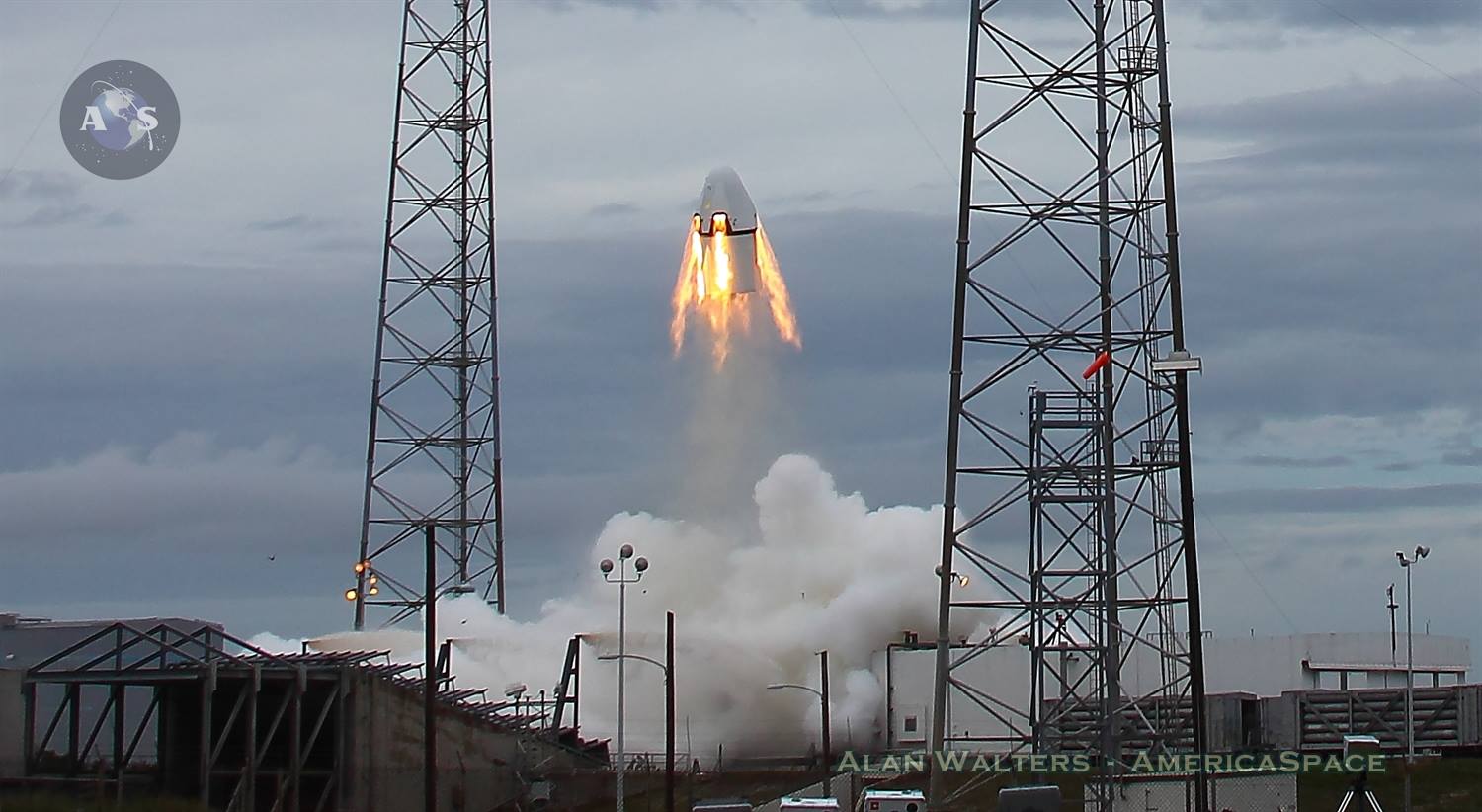
However SpaceX also needs to fly a certain number of missions with the new COPVs, before NASA will certify the Falcon 9 as ready to launch their astronauts on. Five crew loading demonstrations of the Falcon 9 are required as well, before NASA will put crews on top within a Crew Dragon.
“NASA teams will continue to conduct independent analysis and testing to ensure all identified risks have been mitigated or accepted“, says the agency. “NASA will assess any remaining risk before determining that the system is certified to fly with crew“.
NASA wanted crews to start flying from U.S. shores again by the end of 2017, and while the agency does not expect to currently see fully operational crewed missions to fly until August 2019, it is expected that the date will slip further.
If NASA isn’t launching crews on SpaceX and Boeing capsules by 2020, the agency will need to buy more Soyuz seats from Russia.
SpaceX is scheduled to launch another Cargo Dragon on the company’s 16th resupply mission to the ISS for NASA, as soon as December 4, from pad 39A.
FOLLOW AmericaSpace on Facebook and Twitter!
.




